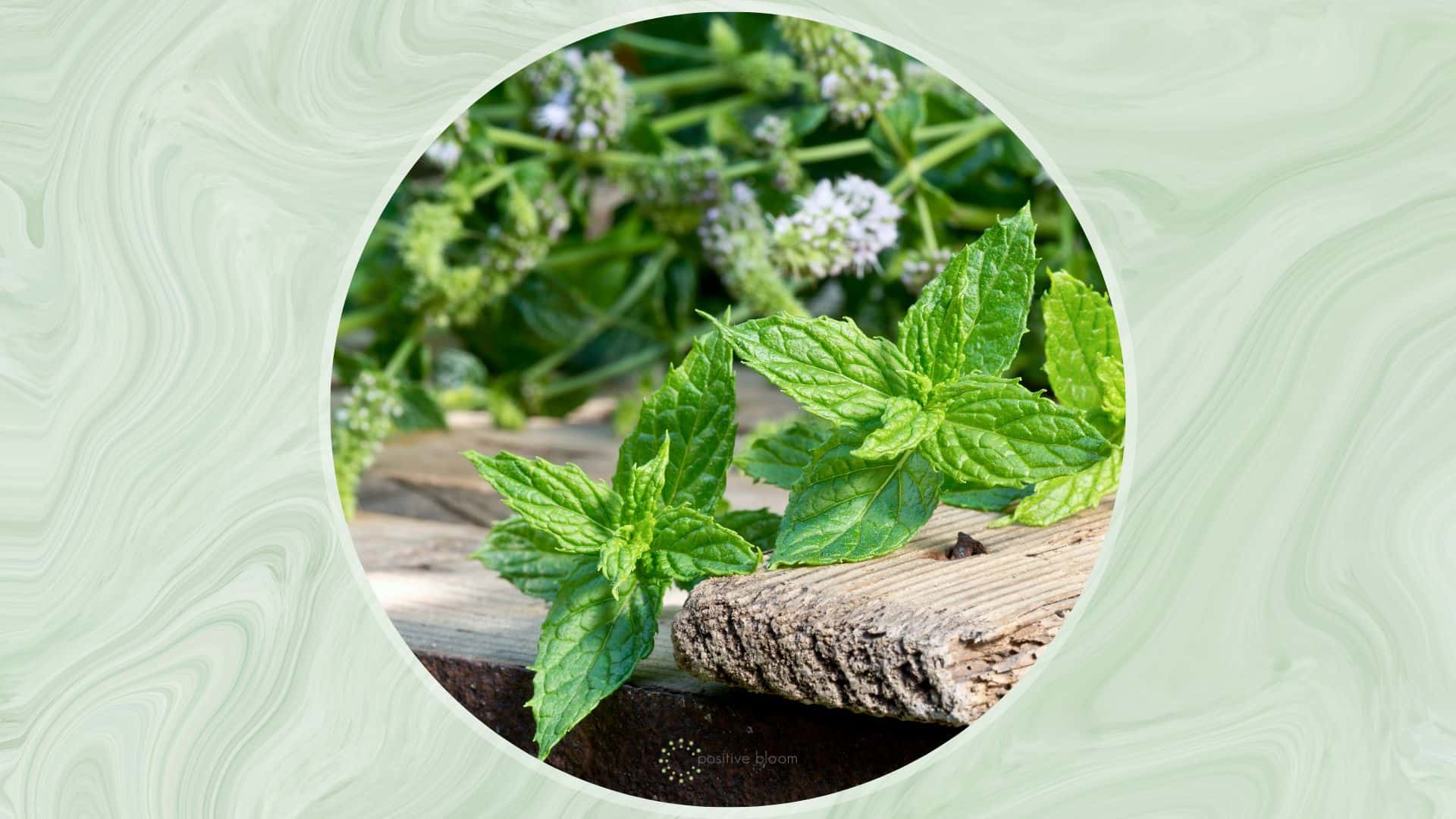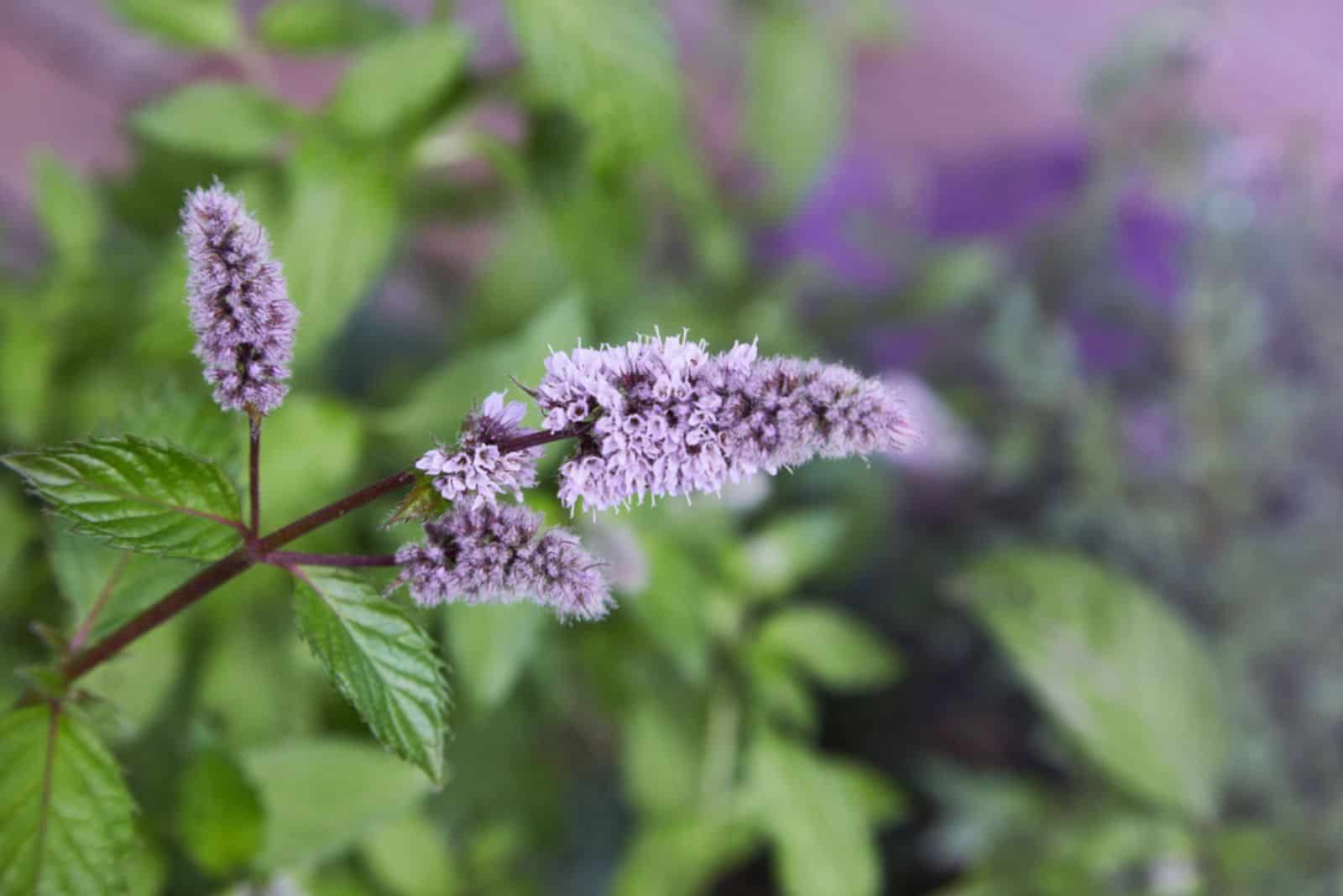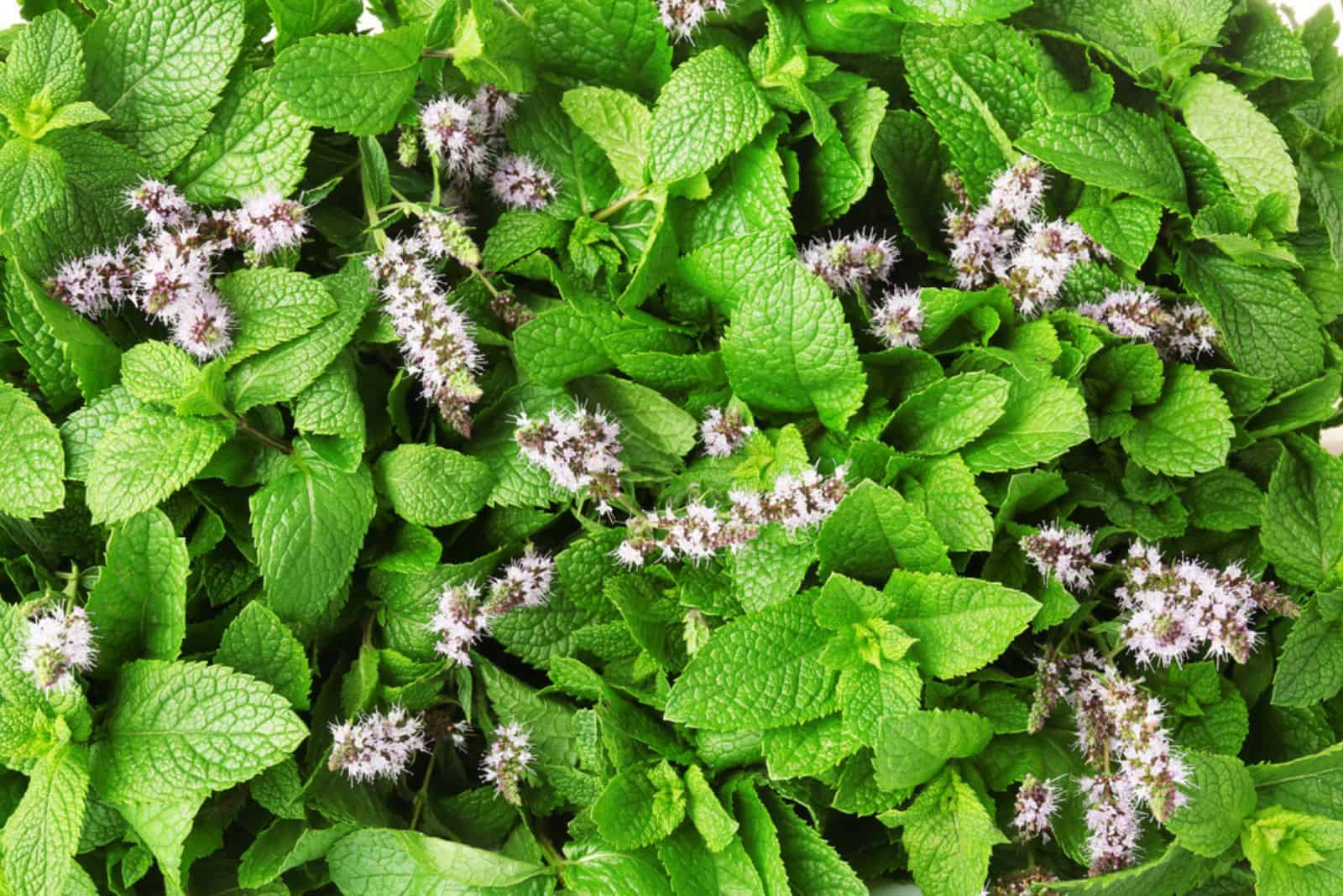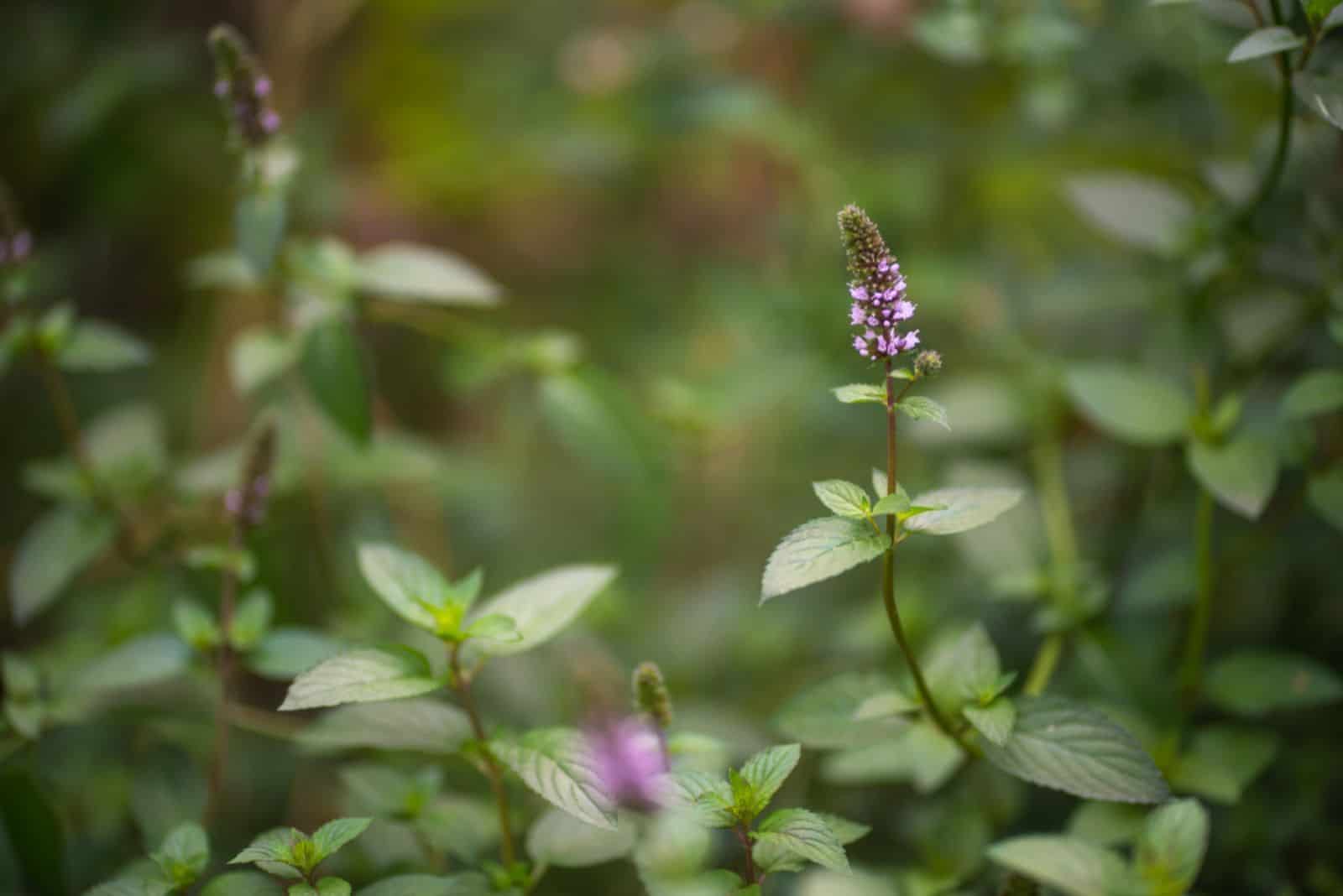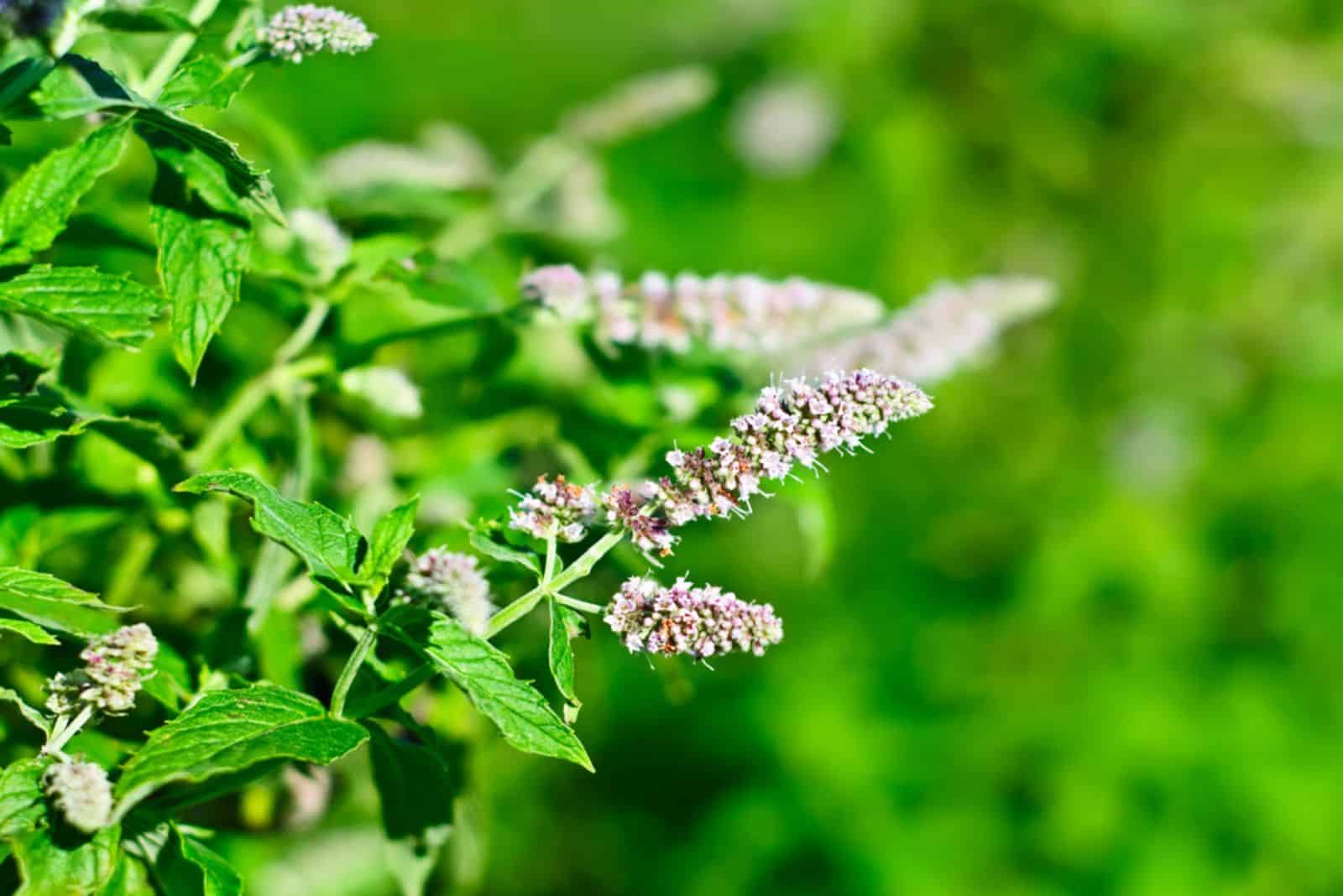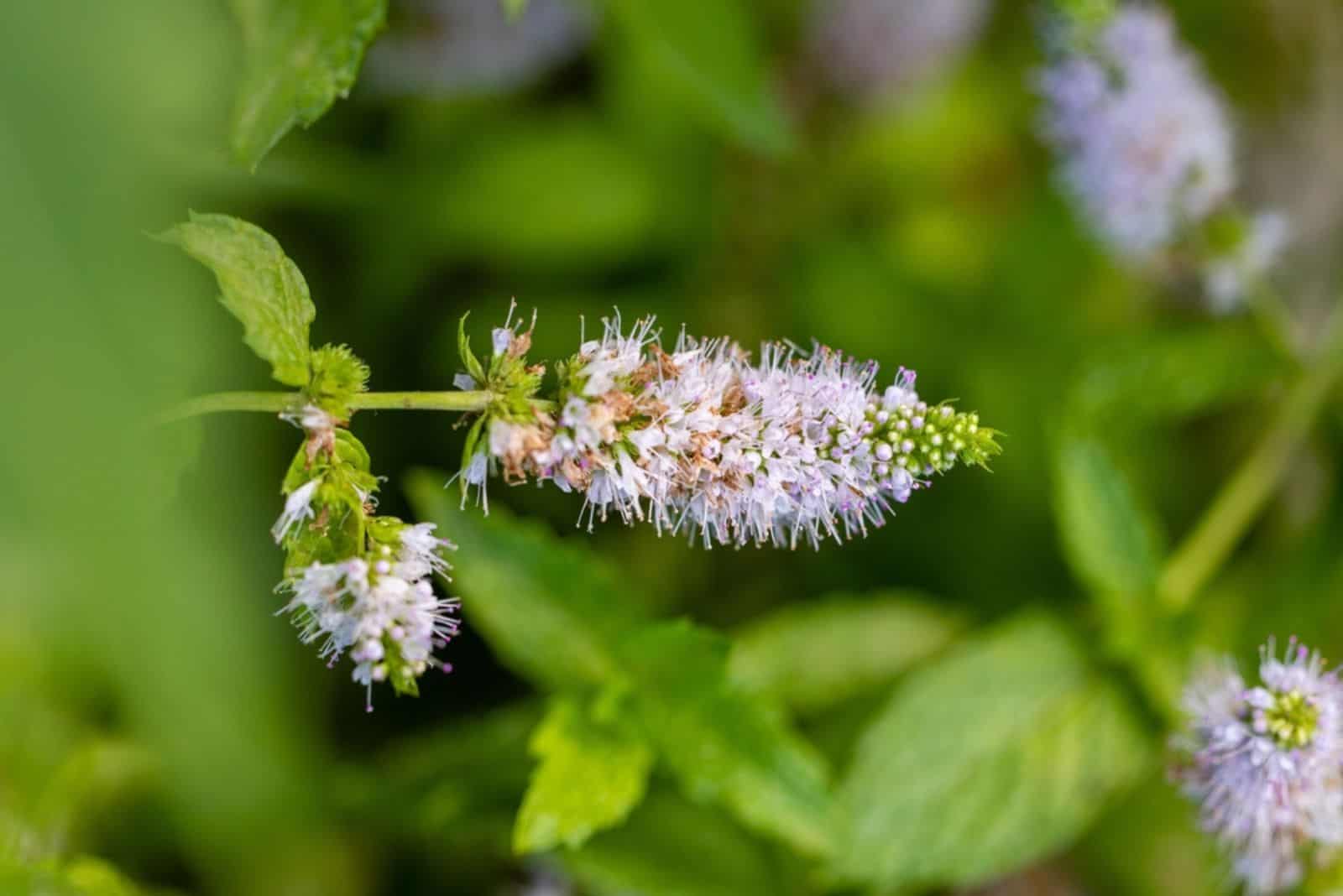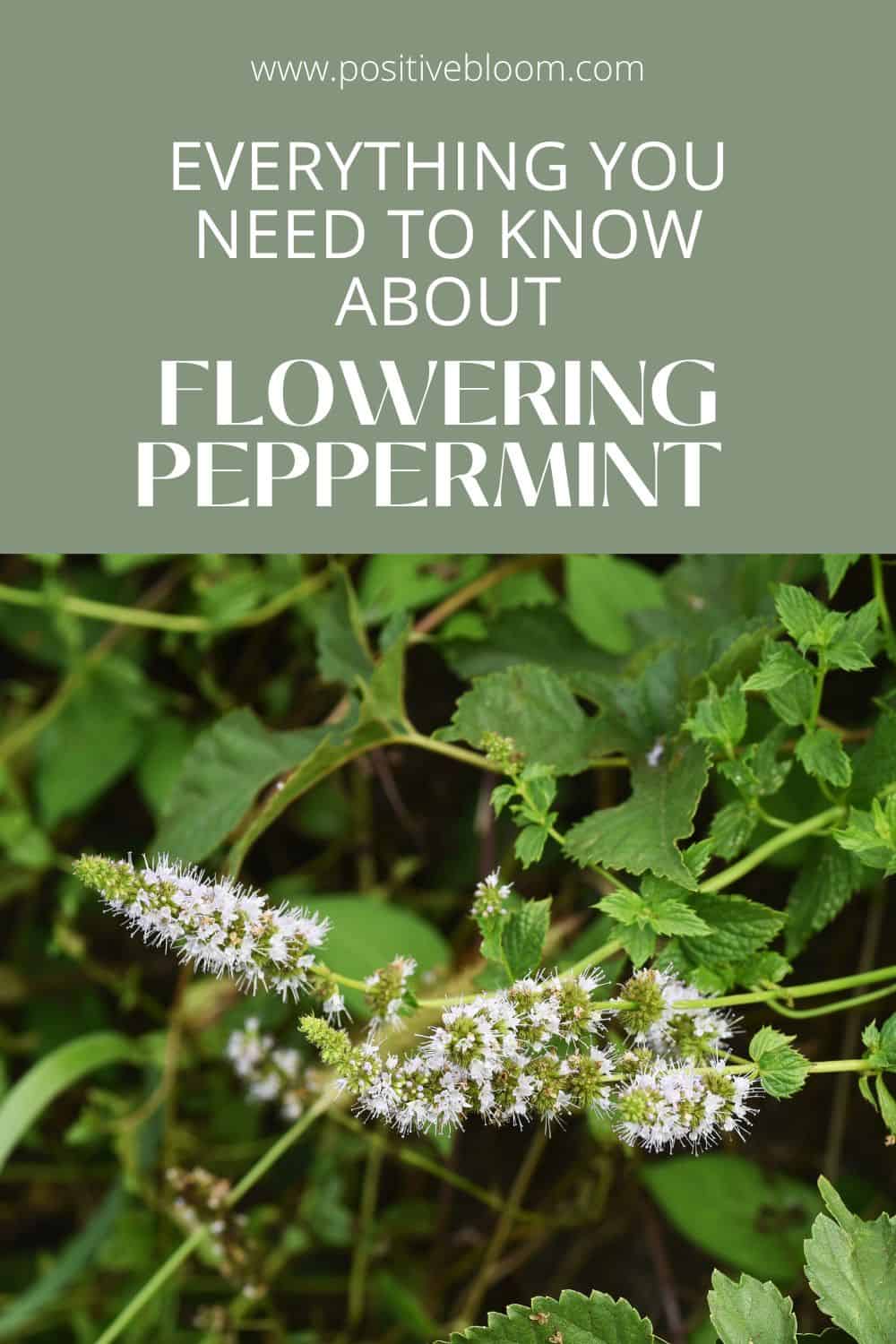If you like spearmint and watermint, then you’ll definitely like peppermint. It’s a hybrid between these two species, although it was considered a separate species in the past.
Gardeners love growing mint plants due to their low care requirements and, of course, their irresistible aroma.
If you are a beginner grower, you may come upon a pretty surprising sight – flowering peppermint.
If you are wondering if something is wrong and what flowers on this plant mean, you are in the right place to find out the answer.
Let’s get started!
Flowering Peppermint: What Causes It?
If you’ve noticed pink flowers on your peppermint, and you think it’s dying, don’t worry; you are not the only one who has had such thoughts.
If your peppermint is flowering, there’s no need to worry because it’s actually part of its life cycle. This is the reproductive stage of this mint species.
Mint flowers generate pollen, and when that pollen touches another flower’s reproductive organs, fertilization takes place and results in the production of seeds, which are essentially the source of future plants.
One of the major causes of peppermint flowering are warm temperatures. As you may know, these plants are prone to bolting if subjected to warmer temperatures.
These plants are considered hardy perennials, which implies that they can survive in favorable conditions for two or more years.
The plant will generate runners that will easily take root anywhere they come into contact with soil. You can cut them from the parent plant and cultivate them somewhere else.
If you grow a peppermint plant, remember that its pink blooms are expected to appear in the second year of growth.
Signs That Your Peppermint Is Going To Flower
One of the most obvious signs that this variety of mint will produce blossoms is decreased leaf production. Sometimes, plants from the Mentha genus produce smaller leaves to prepare for the flowering stage.
The stalk will also appear less bushy and more woody. This is perfectly normal because your fragrant peppermint is focused on flower production.
The lovely blossoms usually appear in the middle of the summer, and flower production will most likely continue until fall.
Do Peppermint Plants Die After Flowering?
As mentioned, this type of mint is a perennial, which means it will regrow the following year.
Believe it or not, flowering isn’t a sign that your peppermint will die, but it’s actually a sign it’s preparing for the upcoming growing season.
The mother plant will again have its famous bushy shape, and new plants will appear from the seeds.
What Happens To The Flavor After Flowering?
One of the most common questions I get regarding flowering mint plants is if the flavor disappears.
Mint leaves (of all species) are still suitable for culinary use after flowering.
If you notice some changes in flavor, it isn’t as intense as it used to be, for example, just add more leaves to your drink or dish for the same effect.
Should You Remove The Flowers Before Use?
There’s no need to remove the flowers at all if you think they’ll affect the flavor of the leaves.
Flowers don’t change anything and are a part of the life cycle.
There’s only one thing to consider; the flowers will eventually generate seeds, so I recommend cutting them off before this occurs.
The problem with seeds is that these plants can self-seed, which means your garden will be full of peppermint plants as a ground cover.
Although these plants make an attractive addition to any garden, I’m sure mint plants aren’t the only ones you want to grow.
How To Prevent Flowering
As mentioned, flowers won’t affect the overall health or flavor of this type of mint. However, if you aren’t satisfied with the plant’s appearance and want to prevent it from flowering, here are some methods for doing so.
1. As mentioned, the blooming of this mint plant starts in midsummer, so you should prune it heavily as soon as the summer approaches.
2. This perennial plant will produce more leaves after harvest. Therefore the key to delayed blooming is regular harvesting. The great thing is that you won’t see the flowers too soon and will have more delicious leaves.
3. Before planting this mint species, select a place where the plant will be protected from the full sun. Sunny areas and warm temperatures may encourage this mint to produce flowers even earlier. Even though full sun is the suggested light level, this plant species will also thrive in partial shade.
4. Mulching is another way to avoid seeing a mint plant’s flowers. If you add a layer of mulch at the plant’s base, it will keep it cooler in the midst of the summer.
5. Don’t skip feeding your peppermint. As you may know, nitrogen encourages plants to produce more leaves, so when choosing a fertilizer, go with one rich in nitrogen.
6. As soon as you notice flowers on this type of mint, remove them. As mentioned, the plant uses all its energy to produce blossoms. If you remove them, then all the food and water will be used for the development of the root system.
Tips For Healthy Peppermint
We’ve concluded that flowering isn’t a big deal and there’s nothing to worry about.
Here are some tips on how to keep this mint plant happy and healthy all season long.
1. Select a spot with full sun or partial shade; if you live in a warm USDA hardiness zone, then partial shade is probably a better choice.
2. Although this mint species thrives in various soil types, I recommend well-draining soils. Just like its cousins, apple mint, grapefruit mint, or strawberry mint, the Mentha × piperita plant can’t withstand soggy soil.
3. When watering your mint, make sure you don’t waterlog the soil. Additionally, mint leaves are pretty susceptible to fungal diseases when wet, so water only at the base of the plant.
FAQs
Can you eat mint that has flowered?
Yes, you can eat any mint species that has produced blossoms. It’s not poisonous, nor does it affect the flavor in most cases. If the taste isn’t as intense as it used to be, you can just add more leaves to your food/drink, and you won’t notice the difference.
What is the difference between flowering peppermint and regular peppermint?
Actually, there’s no difference between peppermint with or without flowers. Each mint plant goes through the flowering stage; it’s a natural part of its life cycle. If your mint species starts producing flowers in the midst of summer, there’s nothing to worry about.
Is peppermint a perennial?
Yes, the Mentha × piperita hybrid is a perennial plant and it can be grown in USDA hardiness zones 5 through 9. If the plant blooms, don’t worry; it will come back next year, only bushier and healthier.
Wrapping Up
My friend was pretty worried about their flowering peppermint and purple blooms all over their plants.
Now they love the touch of color in their garden!
The thing is that nothing dangerous is going on. Your mint won’t die after flowering. Additionally, it’s not a sign of an unhealthy plant.
Therefore, if I were you, I would be happy to see these blossoms, as it means you did a good job and made your mint healthy and happy!
Until next time!
Like this post? Share or pin it for later!

